Precautions for the application of fluorine-lined valves
Appropriate selection and application of fluorine-lined anti-corrosion valves is a matter of concern to everyone in engineering. Tanghai Valve puts forward the following views based on years of field application experience for your reference. We are specialised in the production of fluorine lined butterfly valves.
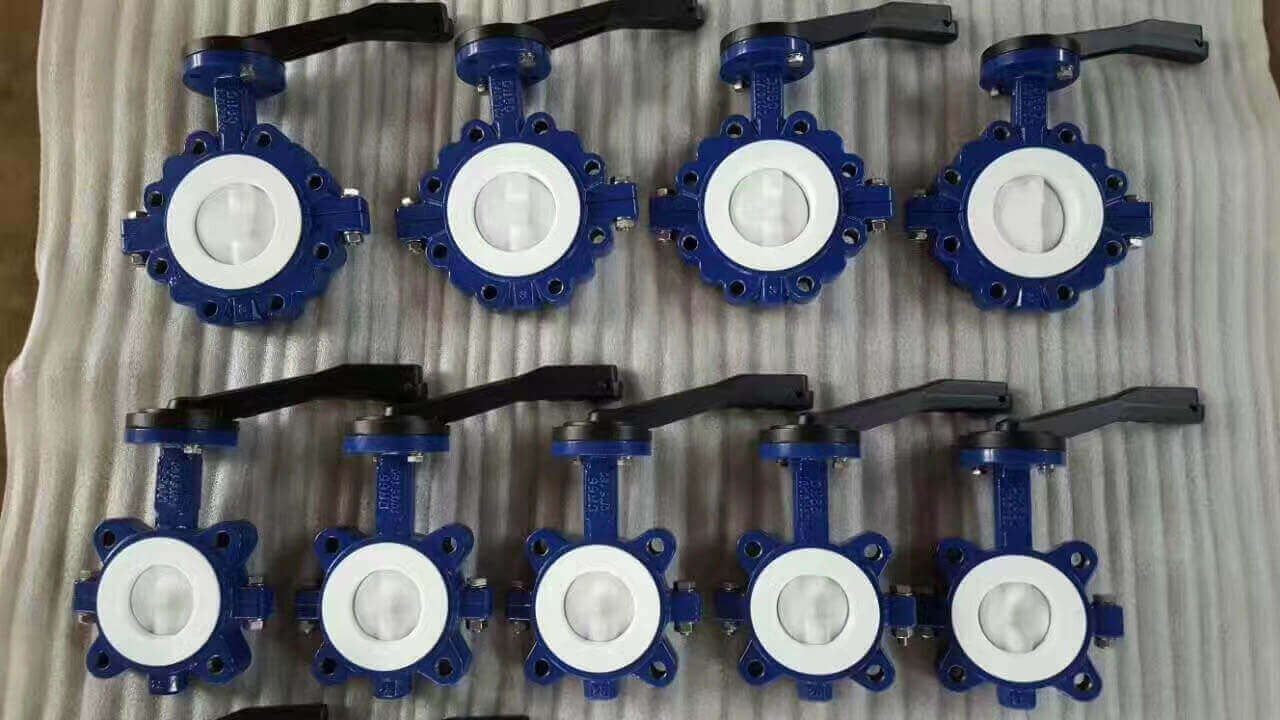
lug butterfly valve-lined-PTFE-DI body (1)
The price of fluorine-lined butterfly valves is much lower than that of corrosion-resistant stainless steel valves and Hastelloy valves. Some metal valves with strong corrosive media cannot be used, but only plastic-lined valves can be used well. However, the plastic-lined valve must be suitable for application. It is hoped that several technical conditions such as application pressure and application temperature should be used. Take our company’s products as an example to illustrate the following:
(1) The temperature of the medium used in the fluorine-lined valve: Usually, the fluorine plastic used in the fluorine-lined valve is F46 (FEP), and the temperature of the medium used cannot exceed 150 °C (the medium temperature can reach 150 °C in a short time, and the temperature of the long-term use It should be around 120℃), otherwise, the F46 lining of various parts of the valve is easy to soften and deform, resulting in the valve not closing and the leakage is large.
If the temperature of the medium used by the user is below 180 °C for a short time and below 150 °C for a long time, another fluoroplastic, PFA, can be used, but the price of fluoroplastic lined with PFA is more expensive, so it should be used in advance when matching. Inquiry.
(2) Do not have negative pressure. Fluoroplastic-lined valves should avoid negative pressure in the pipelines used. If there is negative pressure, it is easy to cause the fluoroplastic-lined layer of the valve cavity to be sucked out (bulged) and shelled, resulting in failure of the valve to open and close.
(3) The pressure and differential pressure should be controlled within the allowable range. Especially the fluorine-plastic-lined regulating valve and globe valve sealed by bellows. Because the bellows is made of tetrafluoro material, the pressure is high and the pressure difference is high, which can easily lead to the rupture of the bellows.
Bellows-sealed fluoroplastic-lined regulating valve can be changed to PTFE packing seal if the operating condition pressure and differential pressure are high.
(4) The medium conditions used in the fluoroplastic valve should not have hard particles, crystallization, impurities, etc., so as to prevent the valve from breaking the valve core, the fluoroplastic layer of the valve seat or the tetrafluoro bellows during the opening and closing operation. For the medium with hard particles, crystals and impurities, when selecting, the valve core and valve seat can be changed to Hastelloy, but additional inquiry is required.
TH Valve is a professional manufacturer of butterfly valve, gate valve, check valve, globe valve, knife gate valve, ball valve with API, JIS, DIN standard, used in Oil, Gas, Marine industry, Water supply and drainage, fire fighting, shipbuilding, water treatment and other systems, with Nominal Diameter of DN50 to DN1200, NBR/EPDM/VITON, Certificates & Approvals: DNV-GL, Lloyds, DNV, BV, API, ABS, CCS. Standards: EN 593, API609, API6D
Video of PTFE butterfly valve:
Related news/knowledge:
electric fluorine-lined butterfly valve vs electric metal seated butterfly valve
The structure and characteristics of bellows gate valve
bellows globe valve structure and features
Valve material and valve standards-(9)- general valve & parts materils

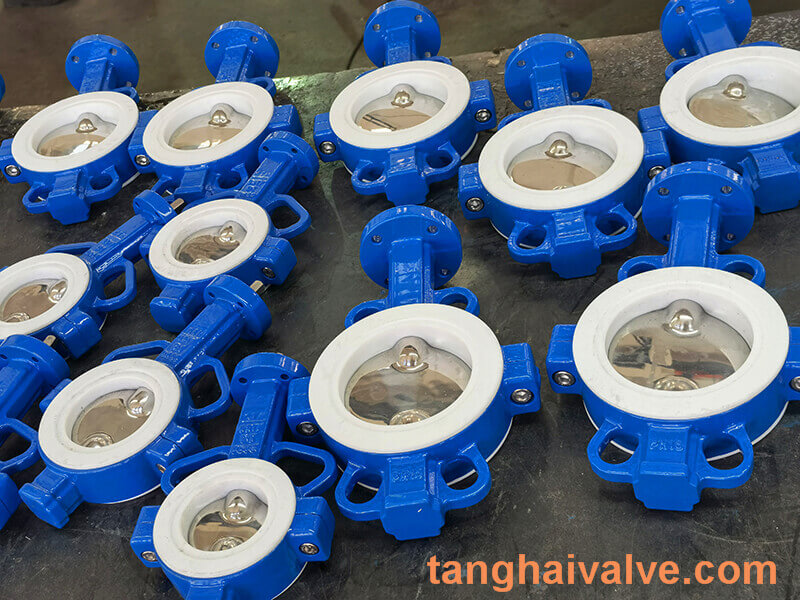
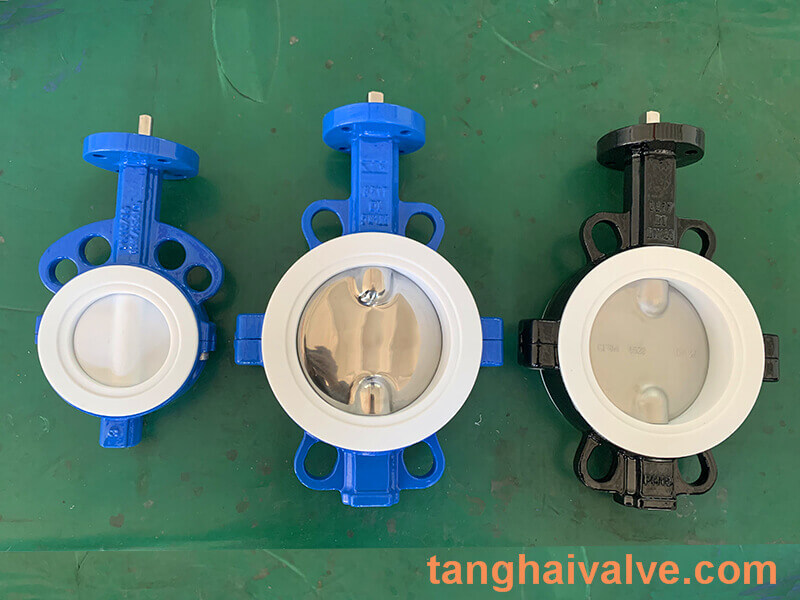
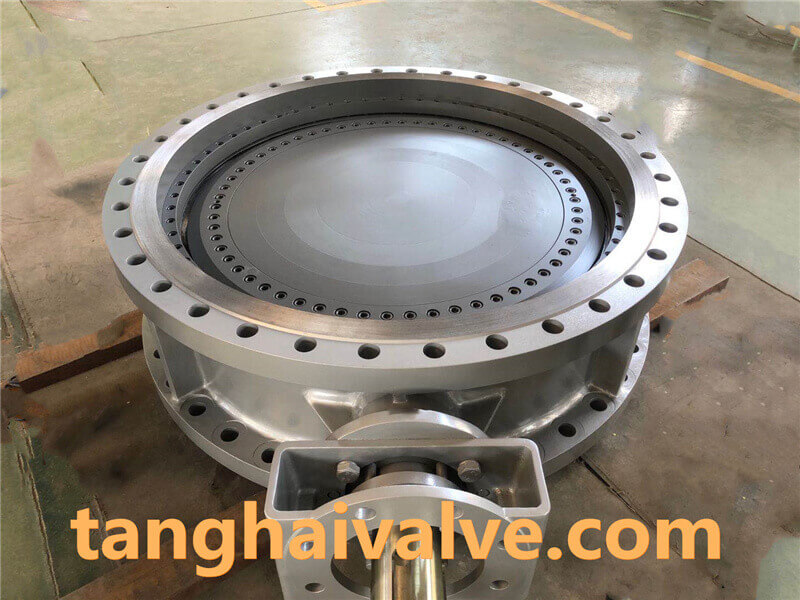

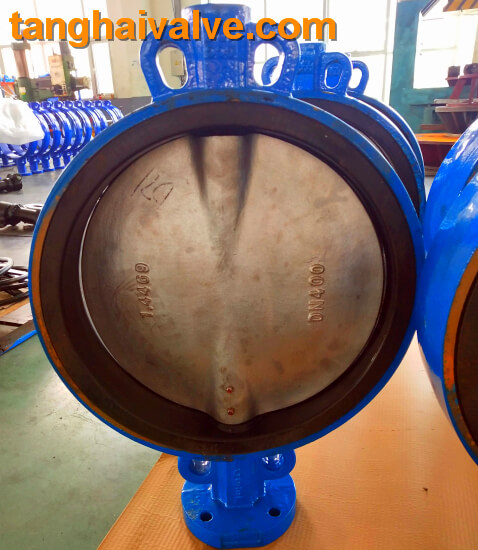
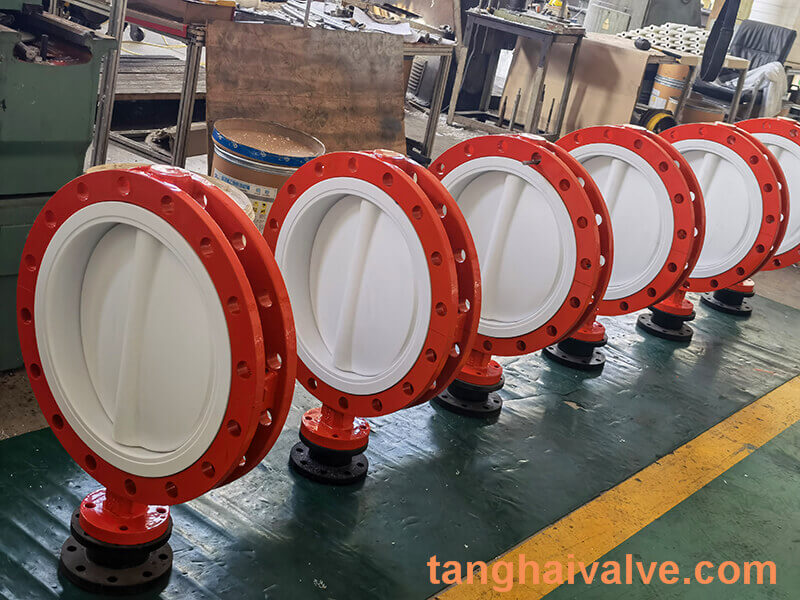
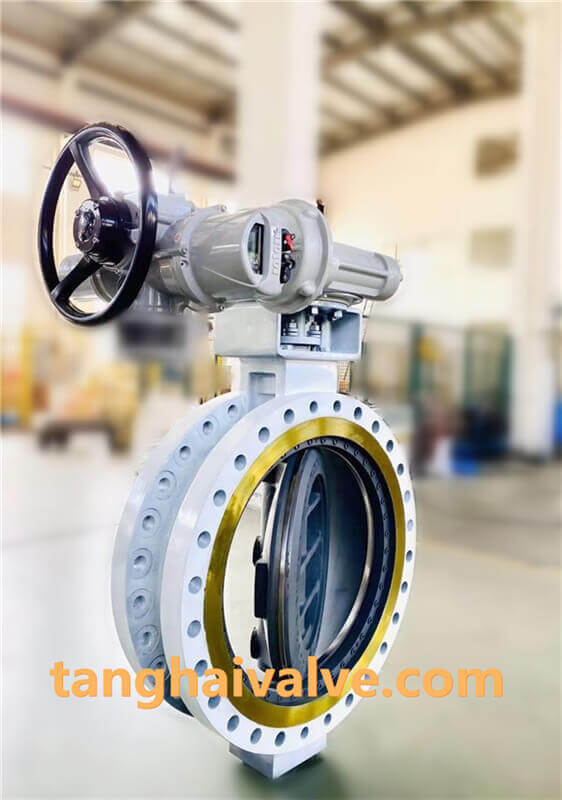
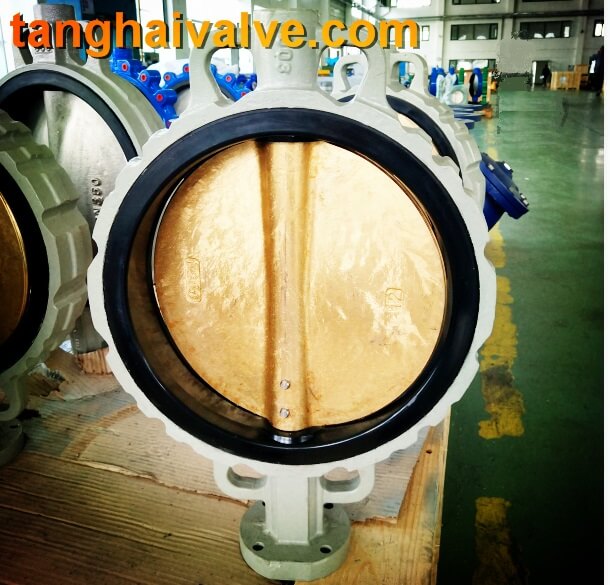
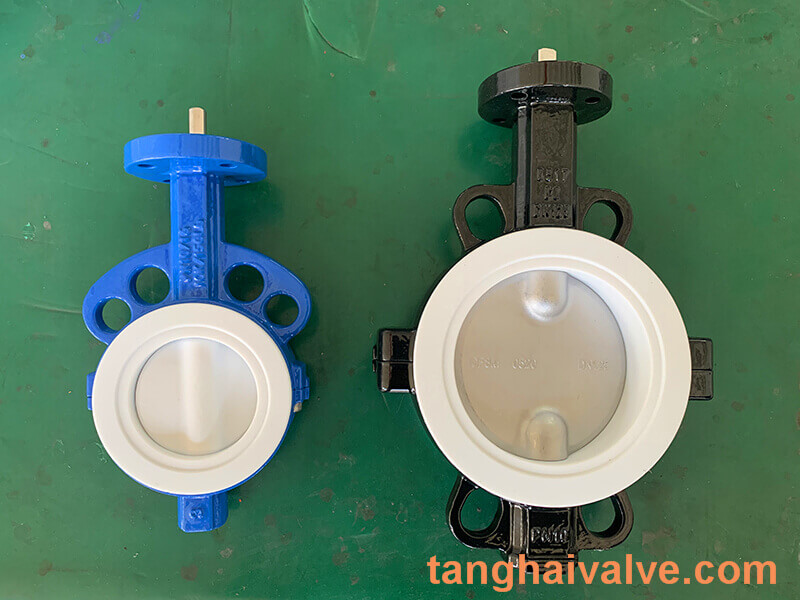
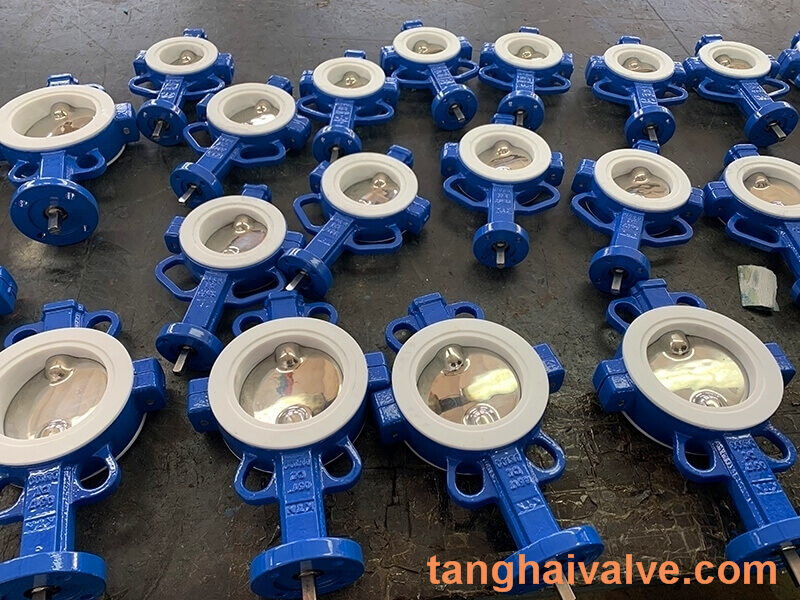
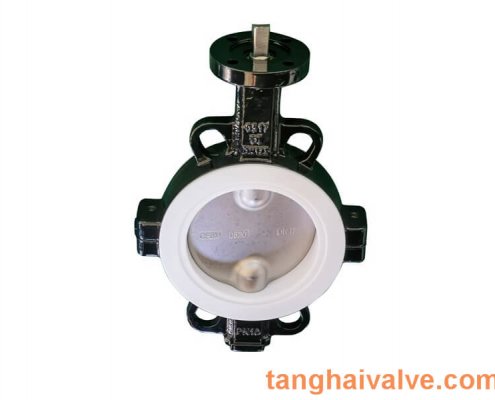 tanghaivalve.com
tanghaivalve.com

 © Copyright 2020 Tianjin Tanghaidongyang Valve Co., Ltd. All Rights Reserved.
© Copyright 2020 Tianjin Tanghaidongyang Valve Co., Ltd. All Rights Reserved.